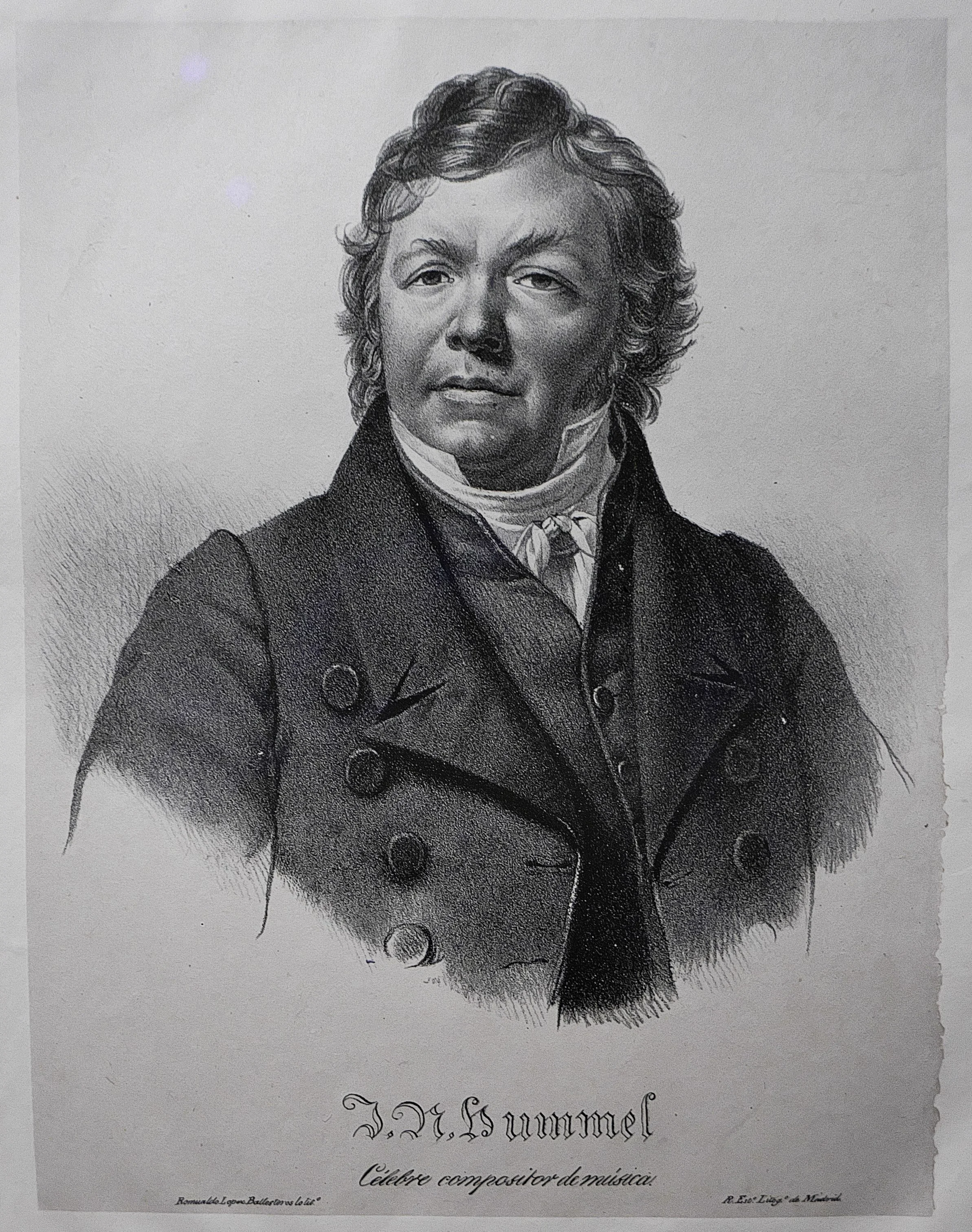A beautiful piece that exudes sonority and serenity which, although sounding simple, is actually more complex than it sounds
Initial ABRSM Baroque Examination Pieces
Initial ABRSM Classical Examination Pieces
Initial ABRSM Romantic Examination Pieces
Initial ABRSM 20C Examination Pieces
Grade 7 ABRSM Baroque Examination Pieces
Grade 7 ABRSM 20C Examination Pieces
Grade 8 ABRSM Baroque Examination Pieces
Grade 8 ABRSM Classical Examination Pieces
Grade 6 ABRSM Classical Examination Pieces
Grade 6 ABRSM Romantic Examination Pieces
Grade 6 ABRSM 20C Examination Pieces
Allegro assai Third movement from Sonata in G Benda Grade 4 2025 - 2026 & 2009 - 2010
Arietta Op. 12 No. 1 Grieg ABRSM Grade 4 1966, 2001-2002 & 2019-2020
ABRSM 1919 Advanced Grade List A publication
Sonatina in A minor Benda Grade 4 ABRSM 2023 - 2024
Study in A minor Op. 47 No. 3 Heller ABRSM Grade 3 1978
Romance in G Op. 52 no. 4 Grade 4 ABRSM 2023 - 2024
Ballade Burgmuller Grade 4 ABRSM 2023 - 2024
Grade 7 Scale lists
Here are two ABRSM Grade 7 Scale lists.









































